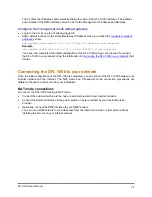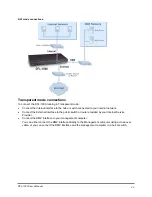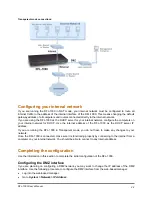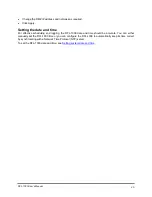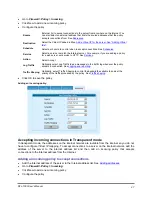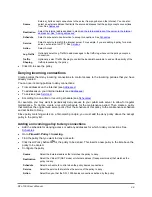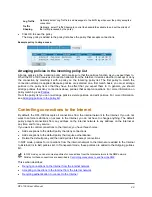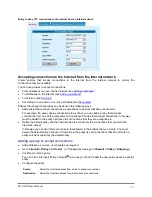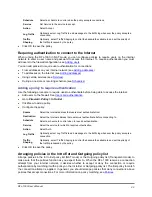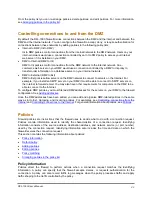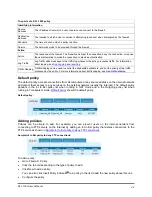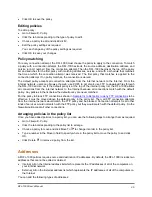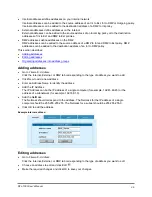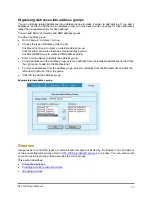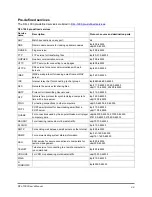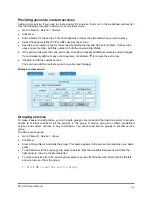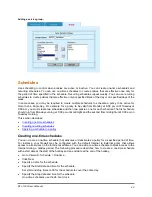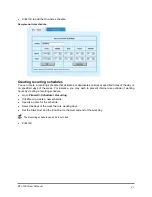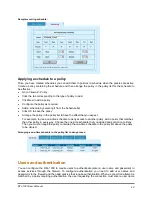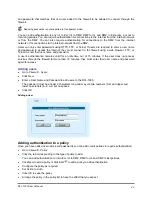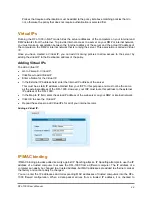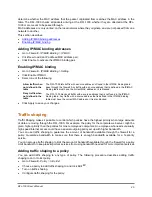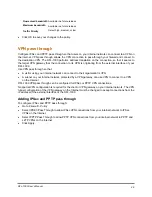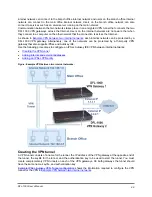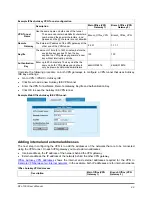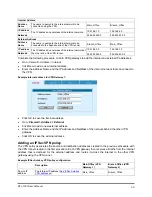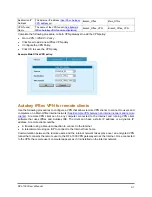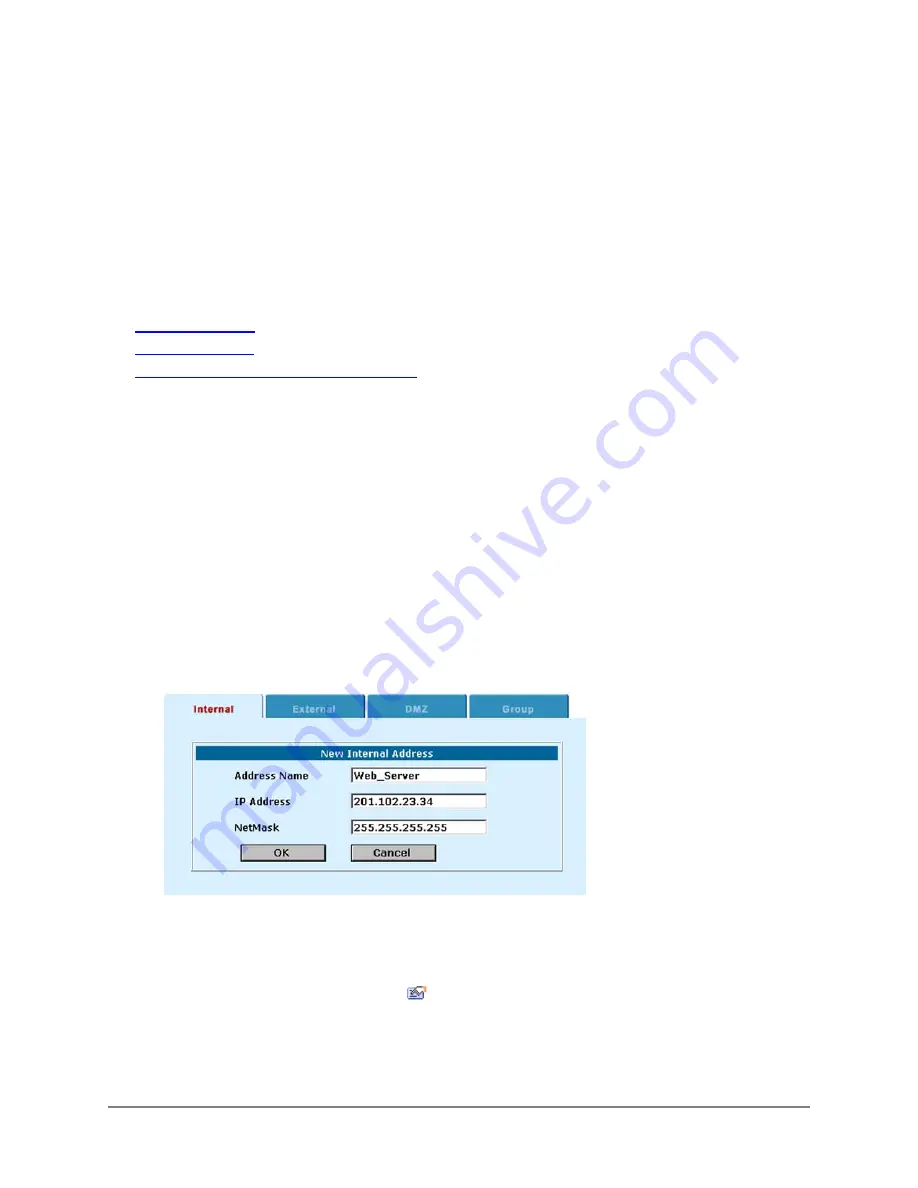
•
Internal addresses define addresses on your internal network
Internal addresses can be added to the source address of an Int to Ext, Int to DMZ or Outgoing policy.
Internal addresses can be added to the destination address of a DMZ to Int policy.
•
External addresses define addresses on the Internet
External addresses can be added to the source address of an Incoming policy or to the destination
addresses of Int to Ext and DMZ to Ext policies.
•
DMZ addresses define addresses on the DMZ
DMZ addresses can be added to the source address of a DMZ to Int and DMZ to Ext policy. DMZ
addresses can be added to the destination address of an Int to DMZ policy.
This section describes:
•
•
•
Organizing addresses into address groups
Adding addresses
•
Go to
Firewall > Address
.
Click the Internal, External, or DMZ tab corresponding to the type of address you want to add.
•
Click New to add a new address.
•
Enter an Address Name to identify the address.
•
Add the IP Address.
The IP Address can be the IP address of a single computer (for example, 192.45.46.45) or the
address of a subnetwork (for example, 192.168.1.0).
•
Add the NetMask.
The Netmask should correspond to the address. The Netmask for the IP address of a single
computer should be 255.255.255.255, The Netmask for a subnet should be 255.255.255.0.
•
Click OK to add the address.
Example internal address:
Editing addresses
•
Go to
Firewall > Address
.
Click the Internal, External, or DMZ tab corresponding to the type of address you want to edit.
•
Choose an address to edit and click Edit
.
•
Make the required changes and click OK to save your changes.
DFL-1000 User’s Manual
36

